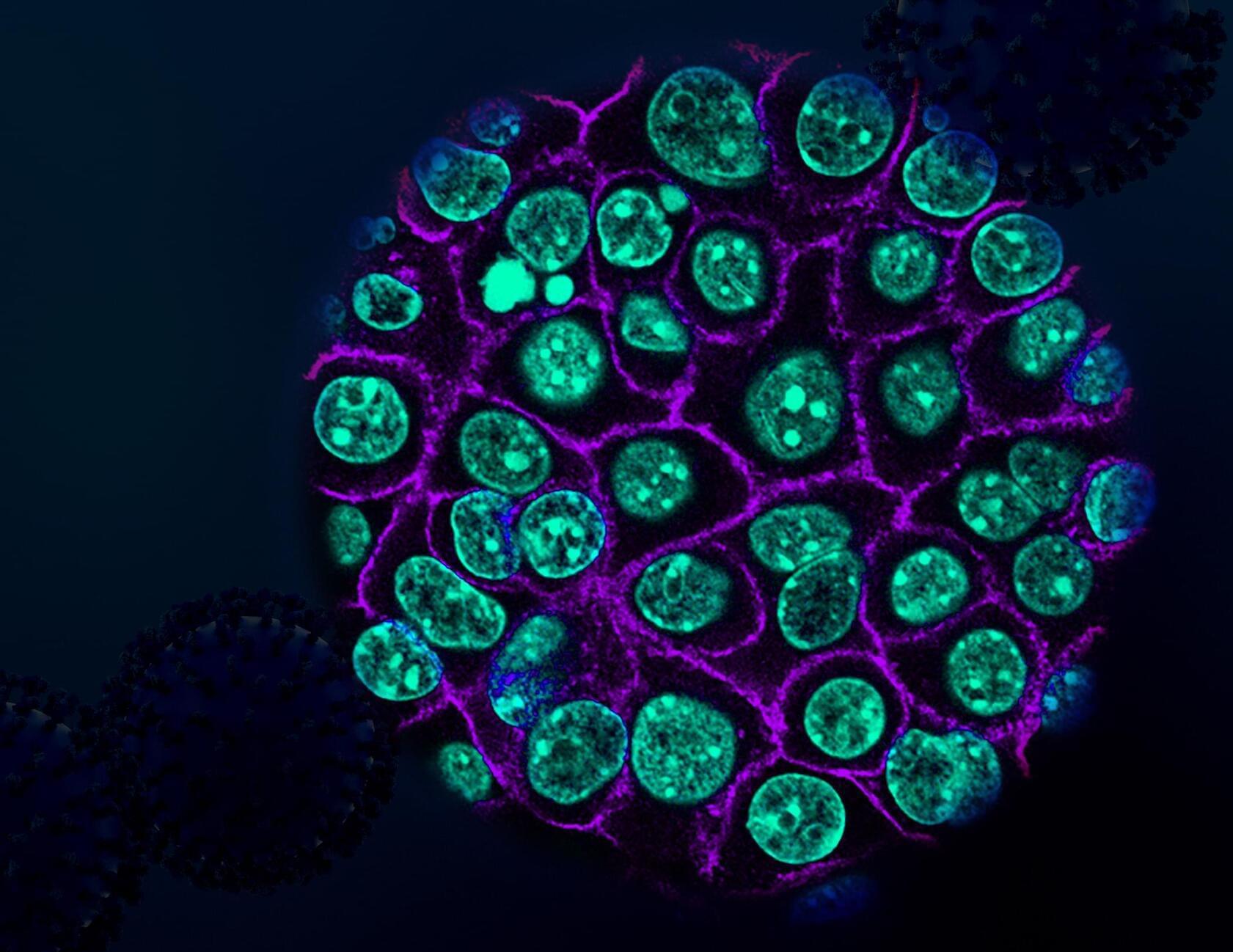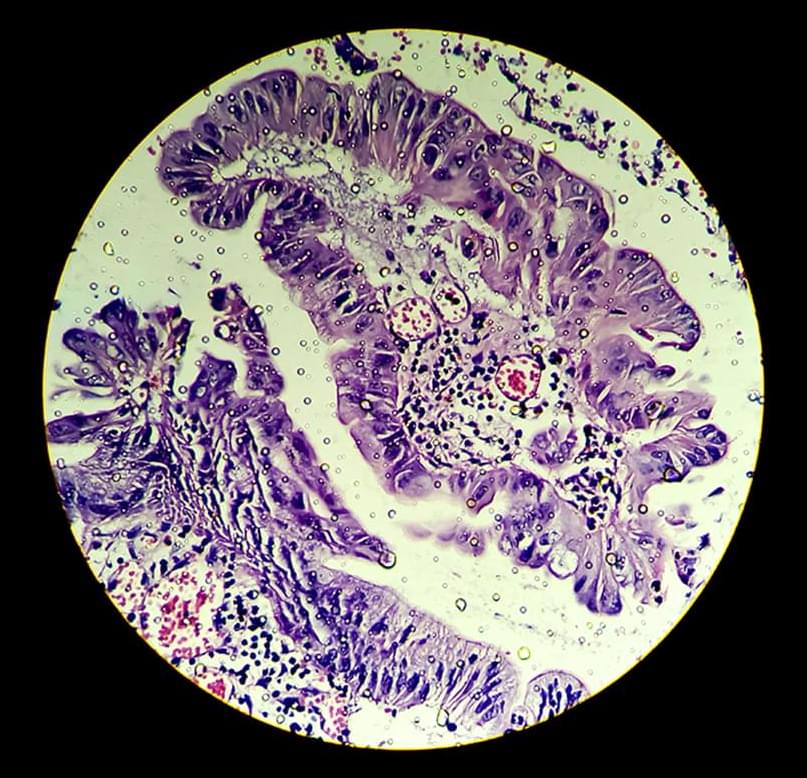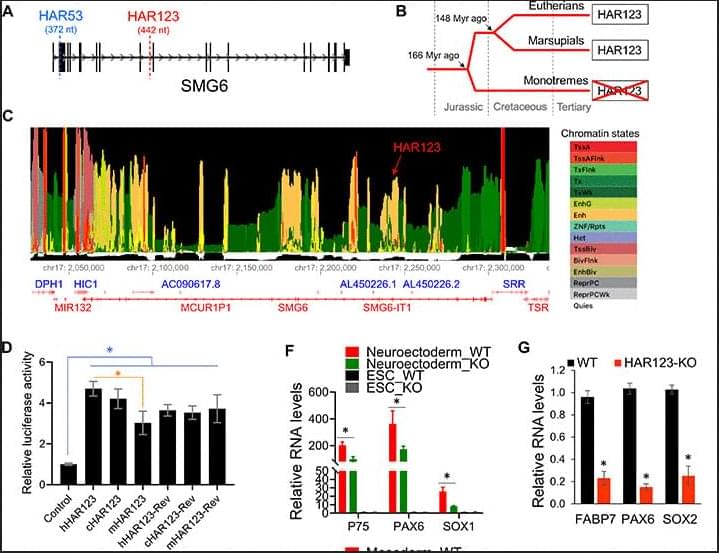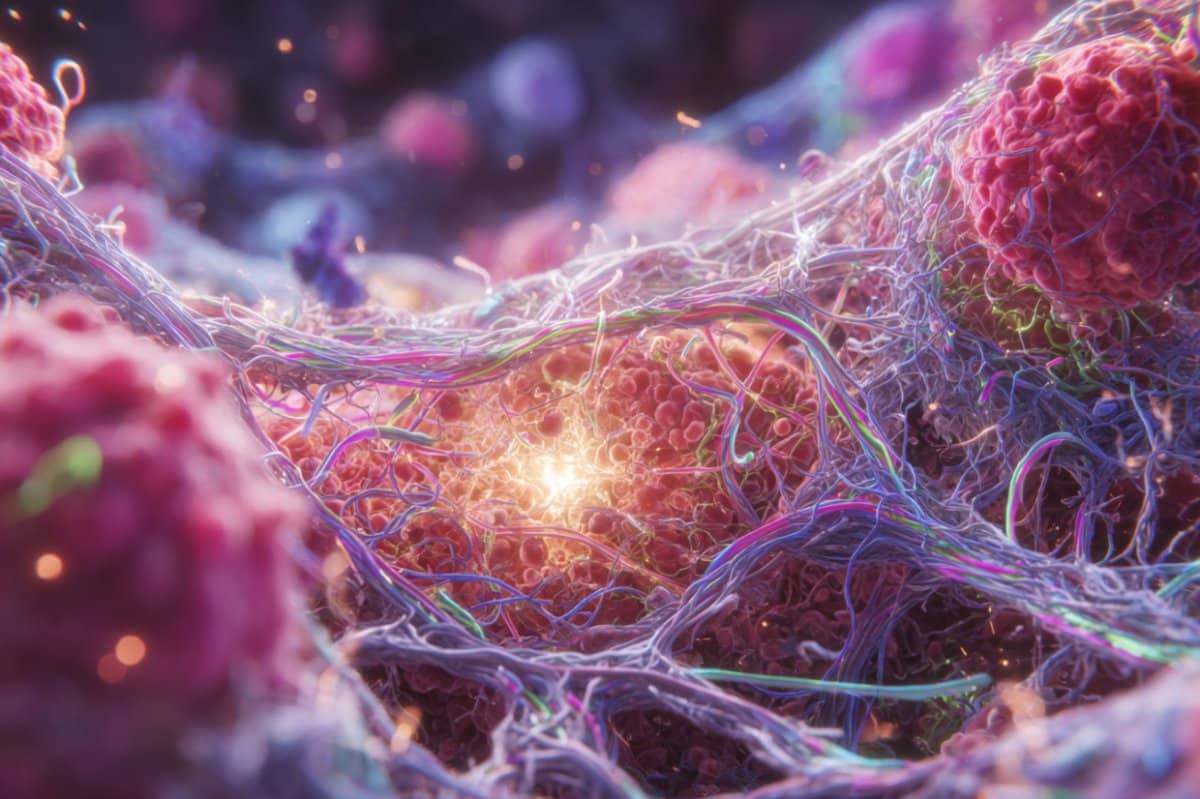Researchers from MIT and Dana-Farber Cancer Institute have discovered that a class of peptides expressed in pancreatic cancer cells could be a promising target for T-cell therapies and other approaches that attack pancreatic tumors.
Known as cryptic peptides, these molecules are produced from sequences in the genome that were not thought to encode proteins. Such peptides can also be found in some healthy cells, but in this study, the researchers identified about 500 that appear to be found only in pancreatic tumors.
Cryptic peptides, which are expressed in pancreatic cancer cells, could be promising targets for T-cell therapies that attack pancreatic tumors, according to a study from MIT and the Dana-Farber Cancer Institute.









